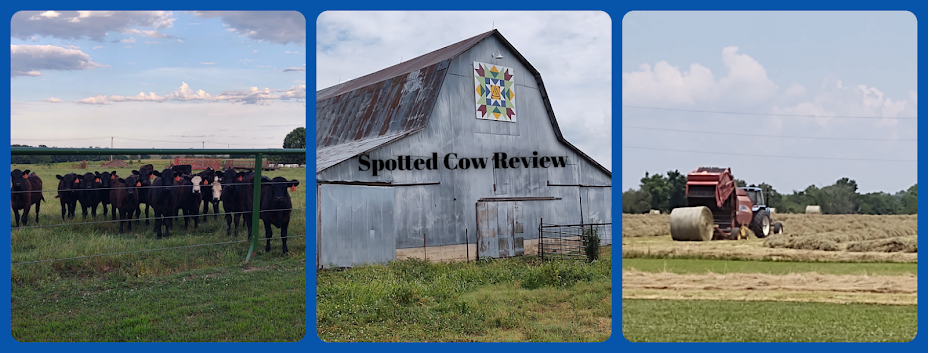Our cows enjoy a balanced nutritious diet every day.
It's one of the most important ways we take care of our dairy cows
everyday and in return, they provide us with nutritious milk.
This was one of the messages I shared during this past week
with a small group of children making their first visit to a dairy farm.
Touring the feed barn and watching the cows eat is one
of my favorite stops on the tour.
I consider it a privilege to be able to share with children and adults
how we care for our dairy cattle everyday
during a farm tour.
I'm thankful for the opportunity to provide
the perfect show and tell for all ages!















.jpg)




.jpg)



.jpg)






